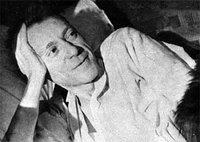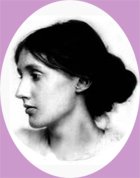No, I just had to do some rearrangements on my way, have a look:
Here are the results from the Norwegian jury:
1) Zadie Smith: On Beauty, I started it, but just couldn’t make it. The language got stuck in my eyes, is the Norwegian translation, or is this it?! Is this the kind of literature that makes critics jump for joy? Am I missing something?!
2) Colm Toibin: The Master: Absolute brilliant!
3) Michail Bulgakov: The Master and Margarita, I had someone else read it instead of me…
4) Carolyn Parkhurst: Lorelei’s Secret, horrifying – there is nothing more to say.
5) Virginia Woolf: An Unwritten Novel, I didn’t get around to this, which means I already have started looking forward to my autumn leave.
6) Kate Atkinson:Behind the Scenes of the Museum, left in Spain, unread.
But the most fantastic book of this summers reading wasn’t even on my list: John Banville’s Shroud, it is in a different division altogether. So extremely well written, such fantastic language, humour, devilishness, and such a mastery of culture, history and theory in a fictional way. Where are the joy jumpers? Last year he got the Booker prize for The Sea, this year he wins the Happenstance summer Olympic. For one having studied Beckett for years, exploring Banville is like extending the universe.
























